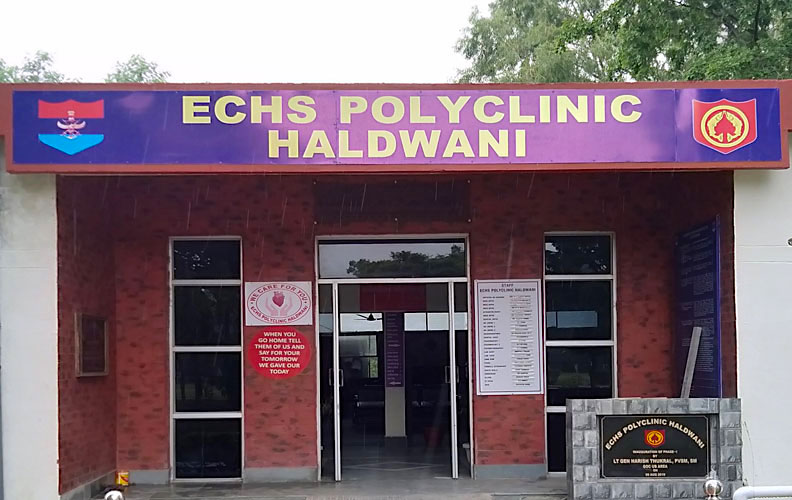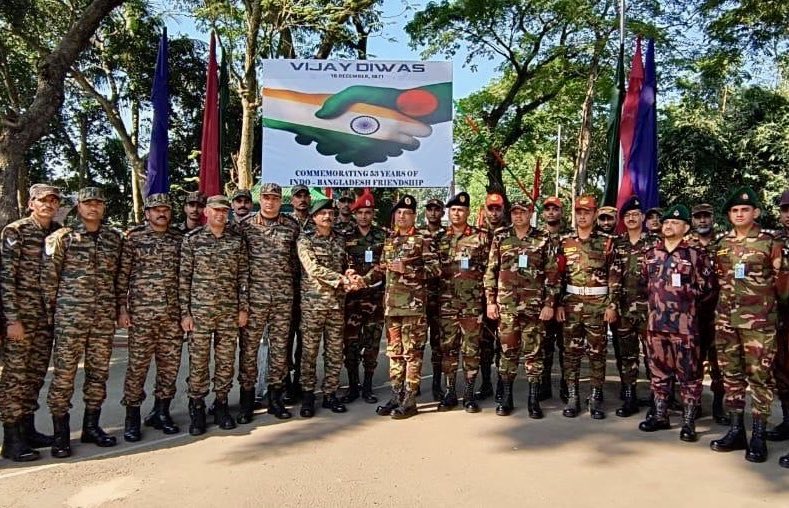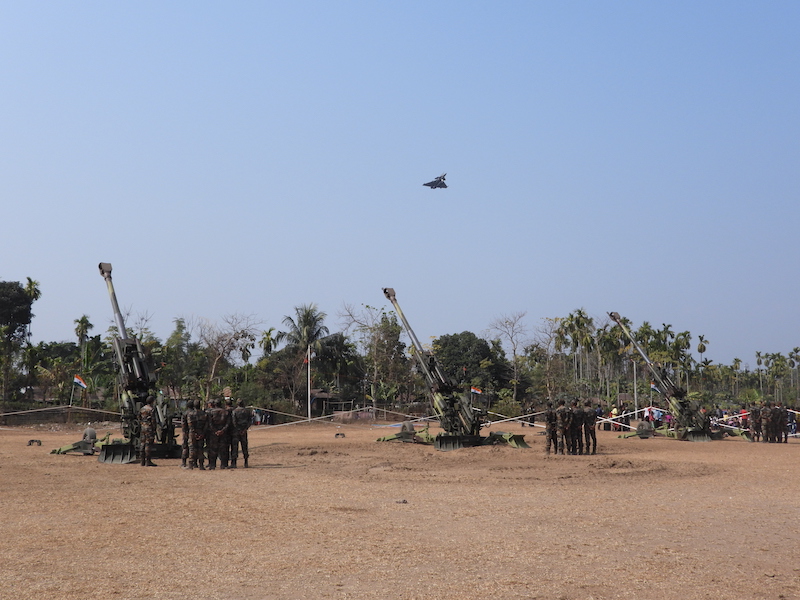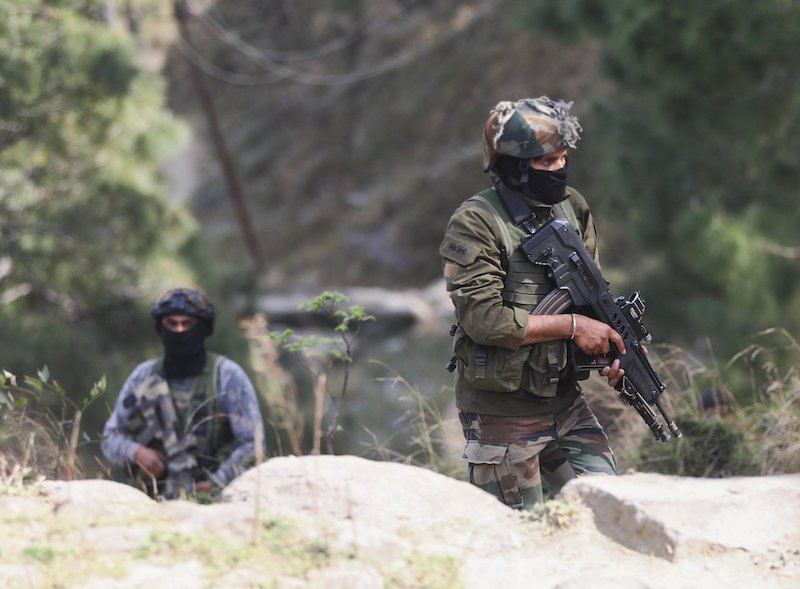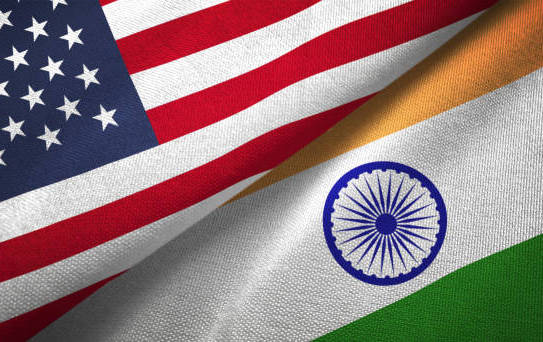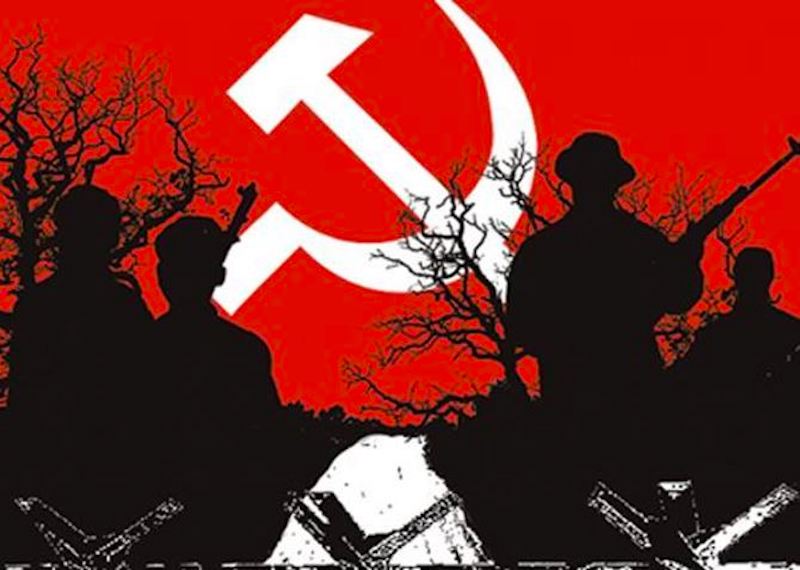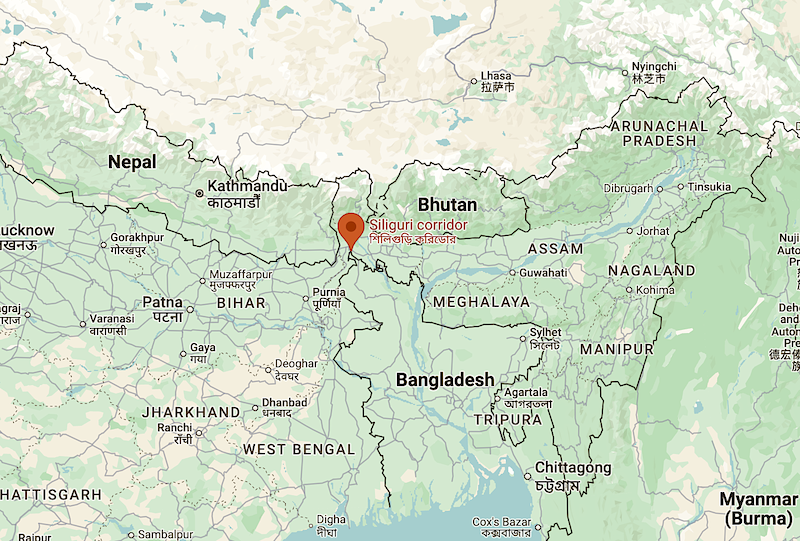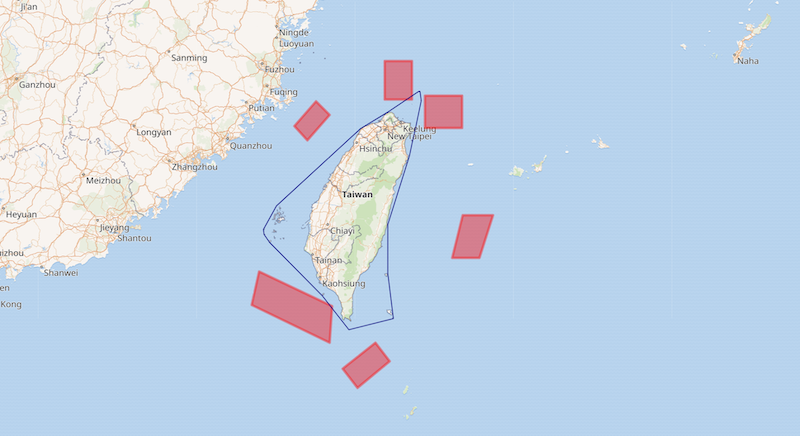 Prof Swaran Singh.
Prof Swaran Singh.
It is natural for nations to empower national diplomacy using whatever leverages they may have at their disposal as long as their diplomacy remains within the bounds of international norms and codes of decency worthy of a country, says Swaran Singh, chair & professor, Centre for International Politics, Organisation & Disarmament (CIPOD), School of International Studies at Jawaharlal Nehru University, New Delhi in an interview to Sapna Singh, principal correspondent, The Pioneer for India Sentinels.
Sapna Singh: As we know, it is difficult for India to continue carving out a middle way in its strategic policy in order to balance its interest between the US and China after the recent Ladakh stand-off. Is it high time for India to formulate a new policy for China?
Swaran Singh: Galwan valley incident have, no doubt, triggered a serious rethink on India’s China policy. Their chapter of maintaining peace and tranquillity on the LAC (line of actual control) is now clearly over. Since this chapter began with Rajiv Gandhi’s Beijing visit in 1988, both sides have improved their border infrastructure as also their military systems, equipment, trainings and weapons; and, this is especially true of the Chinese side of the LAC. This has seen both the frequency and intensity of ingressions increase rapidly making all extent methods and mechanism infective.
The 2017 Doklam stand-off should have woken up New Delhi to this new reality. No doubt, both sides had managed to stabilize the situation in Ladakh frontier and initiated disengagement to return to their April 2020 status quo. However, this does not mean that their encounters and ingressions will not continue to challenge India’s border security.
The current disengagement is achieved by rapidly upgrading border talks from brigade to corps commander-level and the interaction between foreign ministers and special representatives via videoconference under the “Working Mechanism for Consultation and Coordination on India-China Border Affairs”. However, this kind of “crisis management” approach cannot be the long-term border management strategy. This calls for bold initiatives and hopefully both sides will initiate action in that direction as soon as disengagement of two armies in the western sector creates a conducive atmosphere for a long-term reset for India’s China policy.
Data, trade and investment are key factors between India and China ties. However, India has amended its foreign direct investment (FDI) policy in response to Chinese ambitious economic activities in the currently raging coronavirus pandemic. China has reacted negatively as well. How is India likely to see this in the near future?
June’s Galwan valley incident has only further accentuated India’s ongoing concerns about enormous and rising trade deficit in India-China trade since 2005. This has resulted in their bilateral economic engagement becoming virtually one-sided. In addition, the last decade had witnessed India’s major e-commerce platforms and start-ups becoming the main target of Chinese investments. Apart from this, Chinese apps have gained popularity in India, which threaten India’s policy of ensuring protection of local data of Indian citizens. The widespread use of Chinese apps in India, like 300 million TikTok users, boosts the valuation of these apps, which benefit Chinese companies.
China’s incursion in the Galwan valley and the subsequent fatal clash with Indian soldiers and made calls of “Boycott China” louder and widespread. This compelled the Union government take some precautionary measures, like introducing stricter regulation of Chinese FDI and monitoring of Chinese goods and services entering the Indian market.
This should compel China to response positively in ensuring better balance in India-China trade and investments as one-sided economic relationship cannot go very far and can be politically counterproductive, especially when two countries share a rather complex relationship.
Will the India, America, Japan and Australia Quadrilateral Security Dialogue or the “Quad” and emerging Quad+ (New Zealand, South Korea and Vietnam) play any important role against China’s expansionist designs?
The leading mentor of the Quad – the United States – surely sees this formation as aimed at containing China’s rising footprint, especially in the Indo-Pacific region. But that’s not how other members of Quad or Quad+ visualize it. Occasionally, the United States navy has sent its ships, including aircraft carriers, for patrolling in the South China Sea – seen as hub of the Indo-Pacific, but these have rarely been accompanied by ships of any of US friends or allies.
No doubt all regional powers, including partners in Quad or Quad+ dialogues, remain united in ensuring restraint on China’s rise and in disallowing Beijing from singularly monopolizing post-Covid-19 shaping of the current order. However, most of their responses have so far remained limited to expression of intent through joint statements or other policy articulations underlining the need for freedom of navigation, rule of law, free and fair trade etc.
Amongt others, India has repeatedly articulated need to ensure that Indo-Pacific is not allowed to be militarized or made an exclusive club of few nations. Indeed, India has repeatedly invited China to join these Indo-Pacific discourses and had placed this as an item on the agenda of Annual India-China Maritime Dialogue. However, rising tensions between China and India and also the expansion of Quad to Quad+ will sure encouraged New Delhi to engage this formation far more seriously and could even push India closer to the United States and its friends and allies.
Do you think, India has to reassess its engagement in forums involving China, like RIC and BRICS? What is the role left for the Non-Alignment Movement?
India’s foreign policy remains rooted in axis of “multi-alignment’ and “strategic autonomy”, which have seen India engaging in as many partnerships with as many countries as possible as long it serves India’s national interest and stay abide by norms of international behaviour. India, therefore, will continue to engage with various forums, even if these may sometimes seem to pull India in opposite directions, like Russia-India-China or Japan-America-India triangles do.
India has been so far able to maintain its perilous multiple equilibria using its deft diplomacy and charisma of Prime Minister Narendra Modi. As for the Non-Alignment Movement, it was briefly felt that India was losing interest in it until Prime Minister Modi attended the recent NAM virtual summit to address challenges of Covid-19 pandemic. Moreover, India’s engagement with developing and least-developed countries has also taken new forms, like its International Solar Alliance, which remains focused on addressing specific challenges of expanding energy deficit amongst these countries.
Today, an emerging is seen as much engaged with emerging economies and developed countries. The recent invitation to India to attend the coming G7 summit is a reflection of India’s increasing acceptability across international community.
Should India have a rethink on following the “One China” policy?
It is natural for nations to empower national diplomacy using whatever leverages they may have at their disposal as long as their diplomacy remains within the bounds of international norms and codes of decency worthy of a country. If anything, Indian diplomacy has been extremely conscious of its international stature that brings it enormous credibility as member of international community. No doubt, therefore, that in theory, such a rethink on “One China” policy cannot be ruled out as a possibility. However, when and how to initiate or articulate that “rethink” would depend on hard-headed cost-benefit analysis. Incidents like what happened in Galwan valley, on June 15-16 night, could trigger such impulses (like to revisit “One China” policy. This could also be closely linked to China abiding by “One India” policy and not interfering in India’s internal matter, like Kashmir.


